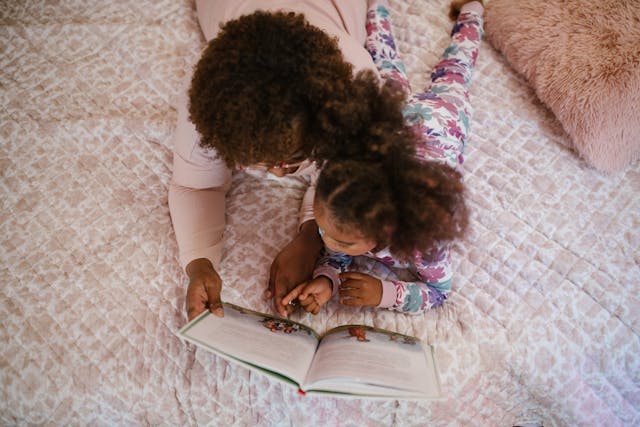Cultural inclusivity in upbringing helps raise kids who are compassionate, curious, and confident in a diverse world.
Let’s be honest, mama. This world our children are growing up in is not the same one we knew as kids. It’s louder, more connected, more complex and, in many ways, more beautiful. But it also asks more of us as parents. We’re not just raising kind kids or smart kids or responsible kids. We’re raising global kids.
And that’s where cultural inclusivity in upbringing becomes essential, not optional, not a “nice-to-have,” but absolutely critical.
I used to think that raising kind and respectful kids would naturally lead to inclusivity. And yes , kindness is foundational. But as I’ve learned through experience (and a few tough conversations), kindness alone isn’t always enough. Kids need more than just good intentions.
They need awareness.
They need language.
They need the tools to understand and talk about difference, not just tolerate it.
Because the world isn’t a one-size-fits-all place. It’s layered, textured, full of stories and traditions that don’t always look like our own. And it’s up to us, as parents, to make sure our kids know that different doesn’t mean wrong – it means rich. It means beautiful.
Kids Aren’t Born Biased. But They’re Always Watching.
Here’s what I’ve learned: kids don’t come into the world with prejudice. They come with curiosity. But they’re always observing. The way we pronounce unfamiliar names. The way we react to someone wearing a headscarf. The way we categorize people as “weird” or “exotic” or “normal.”
So yes, cultural inclusivity starts at home.
And no, it doesn’t have to be overwhelming.
You don’t have to be a world traveler or fluent in five languages. You don’t have to be perfect. What you do need is to be intentional. And open. And willing to grow, right alongside your child.
What It Looks Like to Raise Culturally Inclusive Kids
Let’s break this down into what it actually looks like in daily life. Because inclusivity isn’t a unit study. It’s not just something we “do” in February or during Heritage Month. It’s a lifestyle. A mindset. A million little choices we make over and over again.

It looks like:
Making space at your table, in your toy box, and in your heart for cultures that might feel unfamiliar at first.
Choosing bedtime stories that feature characters from all over the world, not just ones that look like your family.
Teaching your kids to greet people in different languages and explaining that “normal” depends on where you’re standing.
Celebrating holidays that aren’t on your own calendar , not just with food and crafts, but by learning the stories behind them.
Helping your child learn to pronounce names correctly and never laughing when they’re new or “hard.”
Having gentle, age-appropriate conversations about injustice, representation, and why some people still don’t feel safe being themselves in public.
Why It’s Worth the Effort
I know, mama. It can feel heavy. Especially if you weren’t raised with this awareness yourself. I’ve fumbled. I’ve had to unlearn things. I’ve caught myself making assumptions I didn’t even realize I had.
But you know what? That’s part of this journey, too.
Raising inclusive kids means being an inclusive adult, even when it’s messy. It means saying, “I don’t know, let’s find out together.” It means letting your kids see you learning instead of pretending you already know it all.
Because the reward? It’s everything.
When your child befriends someone from a totally different background without skipping a beat…
When they choose a book with a main character who doesn’t look like them just because it looks interesting…
When they speak up for a classmate who’s being left out…
That’s when it all clicks. That’s when you know you’re building something real.
What Happens When We Don’t
Let’s not sugarcoat this. When kids don’t learn about cultures beyond their own, they’re more likely to fear or dismiss what they don’t understand. They may form narrow views, fall into stereotypes, or grow up lacking the empathy and flexibility they need to thrive in a multicultural world.
And that world? It’s already here. Our kids are living it.
We do them no favors by pretending everyone is the same.
We empower them by showing them how to honor what makes us different and what unites us, too.
Start Where You Are. But Start.
You don’t need to overhaul your whole parenting style. Just pick one thing. One book. One meal. One conversation. And let that be the beginning.
Because this isn’t about perfection – it’s about presence.
And if you’re ready to go deeper, to get practical and hands-on with ideas that work in real, busy, messy mom life, I’ve got you. I put together a full resource guide with books, activities, toys, apps, and everyday habits that help build cultural inclusivity in the home.
You can read it here: Resources to Teach Kids About Culture and Diversity
Let’s raise kids who are ready for the world and ready to make it better.

